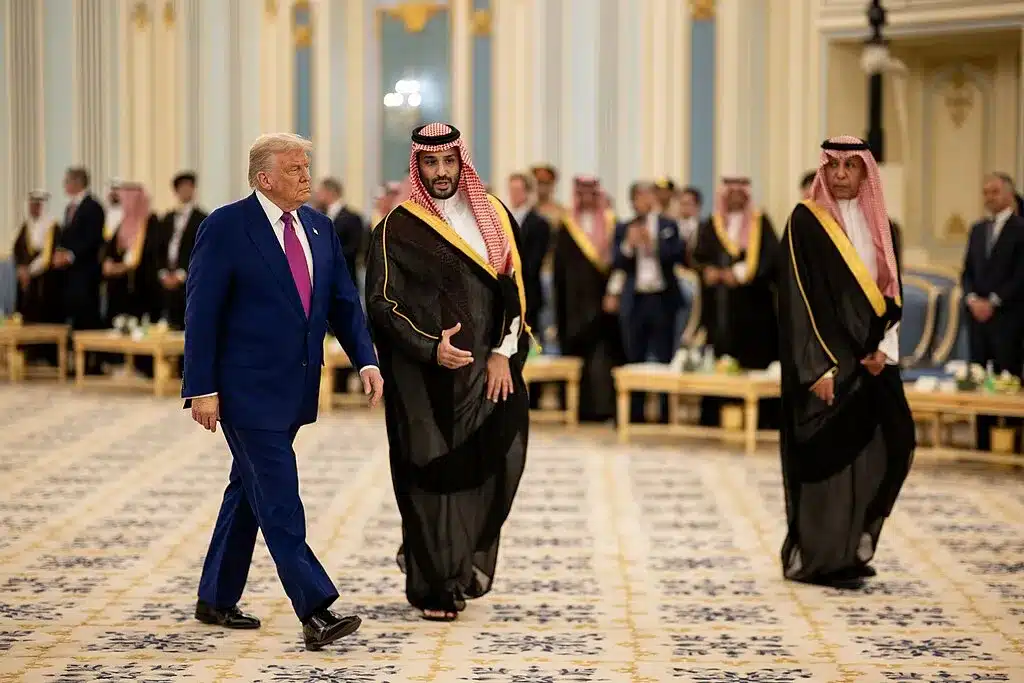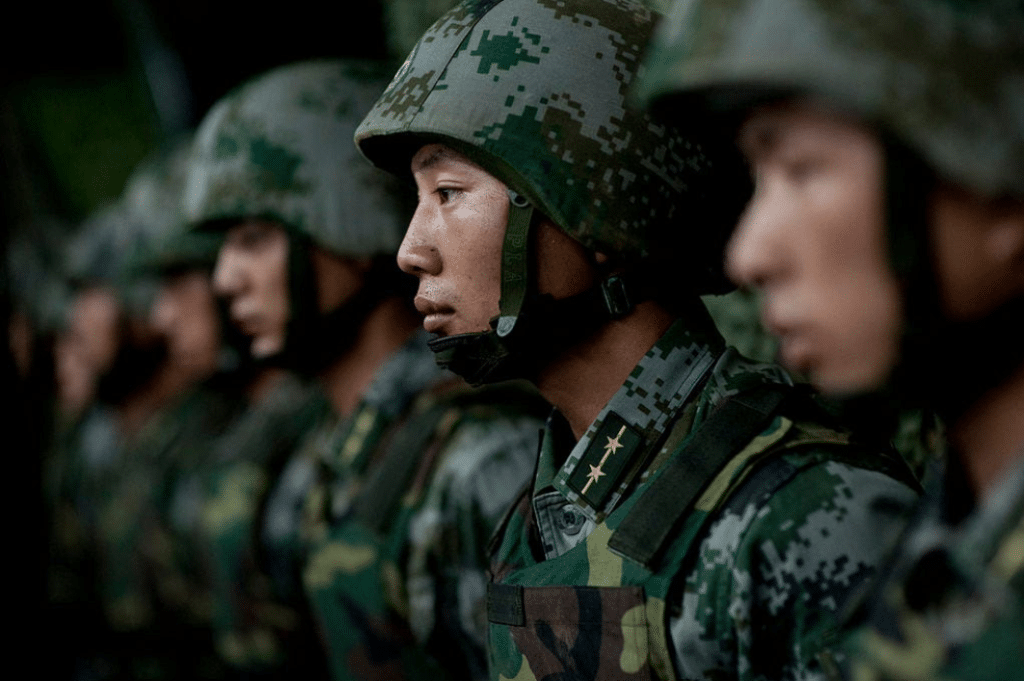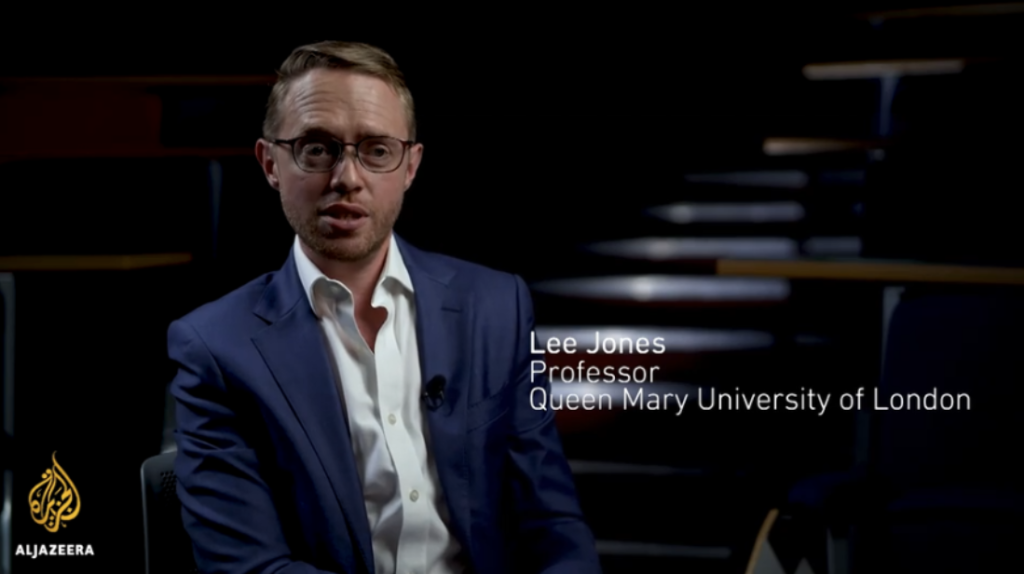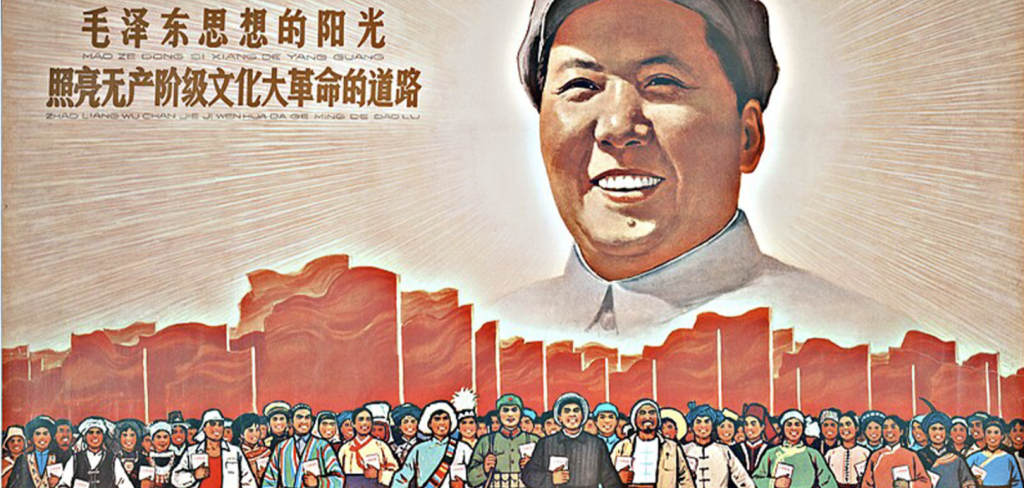Japan’s Prime Minister Takaichi Finally Says Something Close to What Beijing Wants to Hear
Trump’s AI Push in the Middle East
- Analysis
 Juan Zhang
Juan Zhang- 05/27/2025
- 0

In his recent three-day trip to the Middle East, President Donald Trump, accompanied by Silicon Valley tech elites, brokered a series of major artificial intelligence (AI) cooperation agreements. Those initiatives mark a potential strategic shift, positioning the Middle East as a crucial pillar in America’s AI playbook and a counterbalance to China’s growing tech footprint in the region.
Does this mean that the Chinese electric vehicles sweeping the global market are unlikely to be repeated in the semiconductor field? Will the U.S. semiconductor industry therefore predominantly maintain its position as number one in the world in the foreseeable future? Is there any way China might benefit from this new U.S. foothold?
A Strategic Shift: U.S. AI Expansion into the Gulf
The Trump administration’s latest move comes amid the increasingly close AI and 5G collaborations between Middle Eastern countries and Chinese tech giants such as Huawei and SenseTime. Chinese firms have been actively investing in the region for years, providing key infrastructure in digital services and AI.
“Trump’s new initiative aims to reverse that trend by offering alternative, U.S.-backed technological solutions and expanding American influence in critical areas of computing and cloud infrastructure,” said Wei Zongyou, a professor from China’s Fudan University’s Center for American Studies, in an interview with US-China Perception Monitor.
During Trump’s visit, the United States and the United Arab Emirates (UAE) have struck a major deal under which Washington will provide hundreds of thousands of NVIDIA’s most advanced AI chips annually to the Gulf nation. Of these, about 100,000 units will go to local AI firm G42, led by UAE National Security Adviser Sheikh Tahnoon bin Zayed. The remainder will support American cloud companies establishing data centers in the region.
Simultaneously, Washington has inked multibillion-dollar chip sales agreements with Saudi Arabia and is engaged in ongoing negotiations for even broader AI cooperation. A key part of the strategy includes building one of the world’s largest data centers in Abu Dhabi, powered by 5 gigawatts of energy. U.S. officials argue that this facility will help American companies extend their AI services to markets in Africa, Asia, and Europe.
Trump’s policy of coordinating with Middle Eastern countries on AI marks a dramatic departure from the Biden administration’s approach. Based on a report by The New York Times, the United Arab Emirates had proposed a similar initiative to the Biden administration, seeking to cooperate with the U.S. on AI development. However, the Biden administration, wary of Middle Eastern countries’ political culture and also concerned that advanced chips might ultimately end up in China, rejected the proposal.
Trump’s decision to “unleash” American chip companies—allowing them to make major inroads in the Middle East and compete for global market share—has not been without criticism. Some argue that his Middle East AI strategy contradicts his own slogan, “America First,” suggesting that this effectively encourages the offshoring of America’s AI industry.
Nevertheless, Trump’s recent visit to the Middle East makes it clear that he supports a different approach, that is to enabling U.S. AI firms to go global and compete on the world stage. A Trump official said in a New York Times report, “The president challenged us and tasked us and said, ‘We have to win the A.I. race.’ We need our friends like the Kingdom of Saudi Arabia and other strategic partners and allies to want to build on our tech.”
“President Trump said very publicly he would like Nvidia to sell as many GPUs as possible all around the world,” Nvidia’s chief executive, Jensen Huang said, according to a New York Times report.
What It Means for China
While the U.S. rushes to deepen its technological ties in the Gulf, China’s AI firms have long been cultivating the region. In 2024, China overtook the U.S. as Saudi Arabia’s top greenfield investor. In 2023, Beijing’s imports from the Middle East reached $232.89 billion—a 23.9-fold increase since 2001. Chinese companies have expanded into energy, infrastructure, finance, and increasingly, digital technology.
Huawei Cloud launched a node in Riyadh in 2023, providing full-stack services. Tencent Cloud formed a strategic partnership with Mobily, Saudi Arabia’s second-largest telecom operator. Together, Chinese smartphone brands—Transsion, Xiaomi, and Honor—now command 37% of the Middle East market, surpassing both Apple and Samsung.
Chinese AI pioneer SenseTime entered Saudi Arabia in 2018 and has collaborated with local firms on smart cities, AI-driven tourism, and education. Chinese e-commerce giants such as Shein and Temu are also aggressively expanding in the region, leveraging their supply chain edge and localized operations.
How Trump’s push to lead U.S. AI firms into the Middle East will impact the presence of Chinese AI companies in the region remains to be seen. On the one hand, many Gulf nations maintain positive relations with Beijing, and it remains uncertain whether U.S. AI products could find their way into Chinese hands through indirect channels. On the other hand, Washington’s massive investment in large-scale data infrastructure might foreclose future opportunities for Chinese companies, who could find the market already saturated with U.S. players.
Asked about the implications of Trump’s new Middle East AI strategy, Professor Wei views this issue through the lens of global competitiveness. He argued that Trump’s AI strategy in the Gulf serves four goals: “First, to expand U.S. economic influence across the Middle East, Southeast Asia, and Africa; second, to reduce dependence on Chinese AI and semiconductor markets; third, to lessen reliance on Asian chip giants like Samsung and TSMC; and fourth, to strengthen ties with Middle Eastern countries to prevent their diplomatic pivot toward China,”
As America and China race to define the digital future, the Middle East may play a decisive role in shaping the global AI order. That said, there are also calls to explore the possibility of U.S.–China cooperation in the field of artificial intelligence.
Prominent Chinese scholar Wang Huiyao, founder of the Center for China and Globalization, a Beijing-based think-tank, argued that Trump’s recent AI drive in the Middle East reflects “a new understanding of the region’s strategic value.” While acknowledging that the region lags behind in AI technology, he emphasized its abundant capital and energy supply, which aligns with AI’s high power demands.
Wang also noted that the Middle East “could become a platform for peaceful development.” He suggested that China’s strengths in renewable energy (like solar and thermal power) align well with the Gulf’s transition needs, enabling a model of “differentiated cooperation” to support sustainable development.
He further concluded that if the U.S. and China could move beyond a zero-sum mindset, they might explore cooperation in areas such as “green digital infrastructure,” conflict resolution in hotspots like Israel–Palestine and Iran, and “a new paradigm of technology–energy partnership based on mutual respect.”
In an era of fierce U.S.–China competition on multiple fronts, the question of how much space remains—or is even possible—for cooperation between the two countries is a million-dollar one.
Shortly after Trump wrapped up his deal-heavy trip to the Middle East, the U.S. Department of Commerce issued new guidelines aimed at banning the use of advanced Chinese computing chips worldwide—including certain Huawei Ascend chips—on the grounds that doing so would violate U.S. export controls. The decision immediately drew strong opposition from the Chinese government.
By simultaneously loosening restrictions for U.S. AI companies to expand aggressively in the Middle East while tightening controls on the global use of Chinese chips, the Trump administration is clearly signaling its intent to confront China head-on in the semiconductor sector. And right now, the Middle East has become a key battleground in that fight.
Juan Zhang is a senior writer for the U.S.-China Perception Monitor and managing editor for 中美印象 (The Monitor’s Chinese language publication).
The views expressed in this article represent those of the author(s) and not those of The Carter Center.
Author
-

Juan Zhang is a senior writer for the U.S.-China Perception Monitor and managing editor for 中美印象 (The Monitor’s Chinese language publication).







